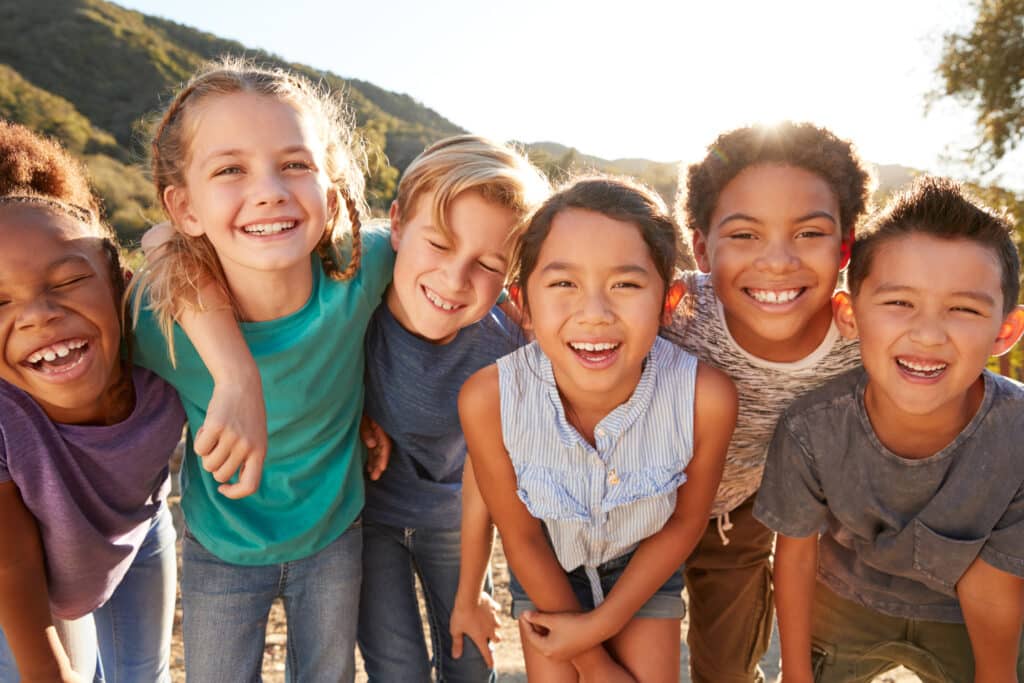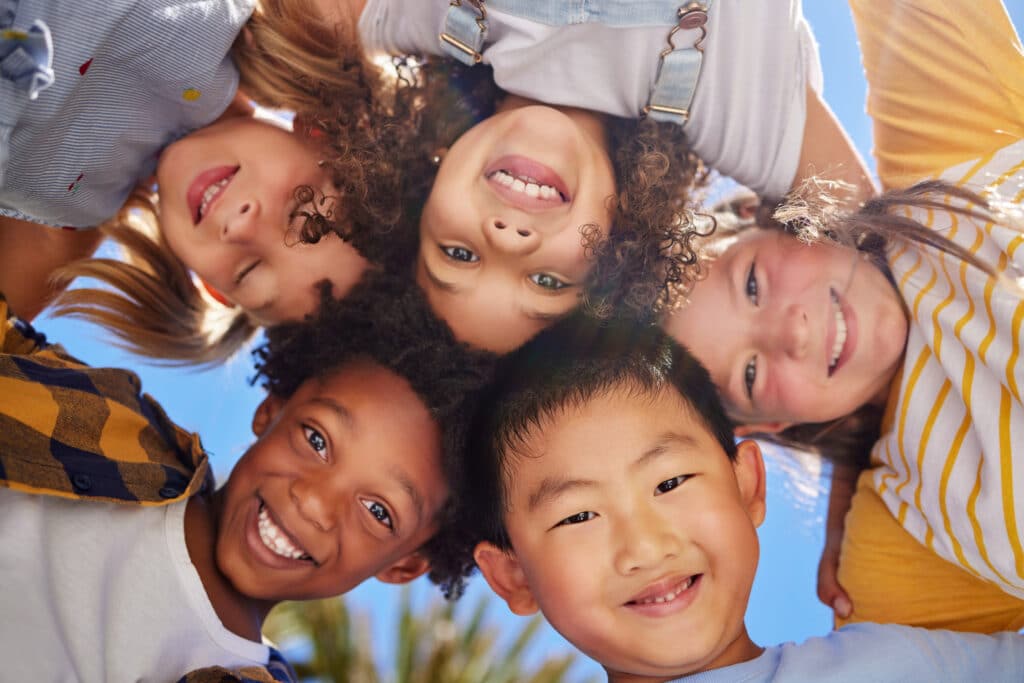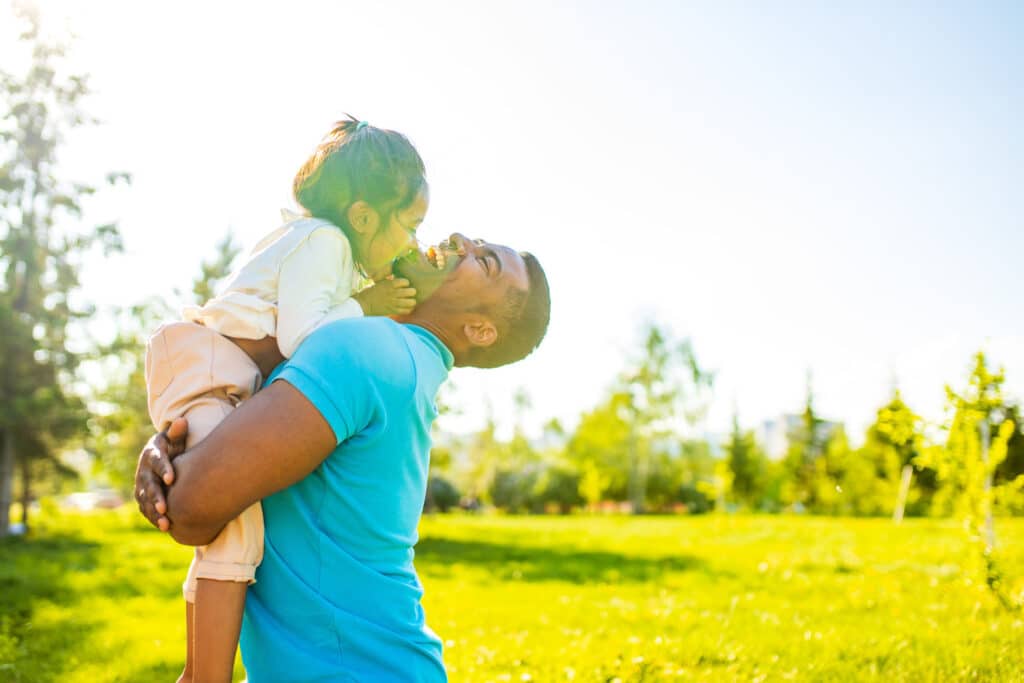Bullying is a common issue faced by kids today, with 1 in 5 reporting that they’ve been bullied. While bullying is probably an age-old problem, technology has opened up additional avenues for it to take place for kids today. Research shows that the number of high school students in the United States who had been bullied electronically (14.9%) was nearly as high as those who had been bullied on school property (19%).
Sadly, the likelihood of bullying increases significantly for vulnerable kids—such as children with learning differences, those who identify as LGBTQIA+, and ethnic and racial minorities.

Vulnerable Communities
No one is immune to bullying, but some young people are more vulnerable to becoming targets. Kids who are most at risk are from marginalized groups.
Individuals with disabilities
There’s a misconception that kids with disabilities or learning differences are less capable or unable to defend themselves. These kids can face bullying, ridicule, and exclusion. Studies found that children with disabilities are two to three times more likely to be bullied than their non-disabled peers.
LGBTQIA+ individuals
LGBTQIA+ youth face a higher risk of bullying. According to research from the CDC, “Nearly 40% of high school students who identify as lesbian, gay, or bisexual and about 33% of those who were not sure of their sexual identity experienced bullying at school or electronically in the last year, compared to 22% of heterosexual high school students.”
One in five school-aged children report being the victim of bullying.
—National Center for Education Statistics
Ethnic and racial minorities
Research from the Department of Education found that nearly 1 in 4 allegations of harassment or bullying were racially motivated. That same research found that racial minorities are more likely to be bullied based on race. Black students, for example, made up 15% of the overall student enrollment but accounted for 35% of the victims of bullying based on race compared to White students who made up 49% of the student enrollment but only 29% of the victims of bullying based on race.
Bullying can affect everyone—those who are bullied, those who bully, and those who witness bullying.
—stopbullying.gov
Consequences of Being Bullied
Bullying can have serious and long-lasting effects on victims, witnesses, and the bullies themselves. We’ll discuss some of these consequences and what parents can do to help.
Psychological effects
Victims of bullying can have increased levels of depression, stress, and anxiety. Many kids also report having low self-esteem as a result of bullying. Consequently, these children can experience feelings of isolation, loneliness, and hopelessness.
Only half of students who are bullied tell an adult.
—National Center for Education Statistics
In May 2023, the United States General Surgeon issued an alarm about the harmful effects of what he calls the Epidemic of Loneliness. Not only does isolation increase the odds of mental health challenges, it also intensifies the risk of early death by 60%, with studies showing loneliness can have the same health effects as smoking daily.
Physical effects
The trauma and stress that accompany bullying can cause physical reactions in children. Many victims experience stomach aches, headaches, sleep disturbances, and a weakened immune system.
Social challenges
Victims of bullying often withdraw from social situations and struggle to make and keep friendships. Being bullied can also lead to social anxiety.
Much of life requires social interactions, such as work and school. Feeling overwhelmed in these situations may negatively affect a child’s future job prospects, and current school work that requires presentations, participation, and collaboration.
One in five 12-17 year olds have stayed home from school because of bullying.
–From a nationally represented sample of 5,700 secondary students
Academic difficulties
Those who are bullied may avoid school altogether to keep away from their bully, which affects their school work and grades. They can also have a hard time concentrating in class.
Increased risk of self-harm and violence
Dealing with bullying can become overwhelming for some. Suicide is the second leading cause of death for young people in the U.S. As horrifying as that is, kids who identify as LGBTQ students are four times more likely to attempt suicide compared to their straight peers. Shockingly, 60% of school shooters identify as victims of bullying.

Promote Anti Bullying Through Respect and Love
In the wise words of The Beatles, “All you need is love, love. Love is all you need.” These vulnerable kids need love. As parents and friends we can give them that.
We don’t need to share the same beliefs or ideas to respect and care for each other. It’s essential to promote inclusivity, respect, and understanding for all individuals, regardless of their background, belief, or gender identity. Various studies on the impact of practicing inclusivity and tolerance on children show that children who are taught these principles have improved cognitive skills, creative thinking, and increased civic engagement.
Doing small things can help prevent bullying and make vulnerable youth feel safe and supported:
Teach kids to support their vulnerable peers!
- Encourage respect
- Prohibit bullying
- Listen and practice empathy

Gabb is Here to Help
The latest report from security.org shows the frequency of cyberbullying on social media platforms—79% of kids on YouTube are cyberbullied, 69% encounter bullying on Snapchat, 64% on TikTok, and 49% are harassed on Facebook. Providing kids devices without social media can protect them today and tomorrow from the negative outcomes of cyberbullying.
Protecting our children from being easily accessible to bullies online can add a layer of protection against bullying. Gabb phones and watches allow parents to be a phone call away, and connect kids with a safe alternative. These safe phones for kids can protect them from the harmful effects of cyberbullying.
As parents and caregivers, how do you teach your kids to be inclusive and accepting of others? Share in the comments!









Success!
Your comment has been submitted for review! We will notify you when it has been approved and posted!
Thank you!